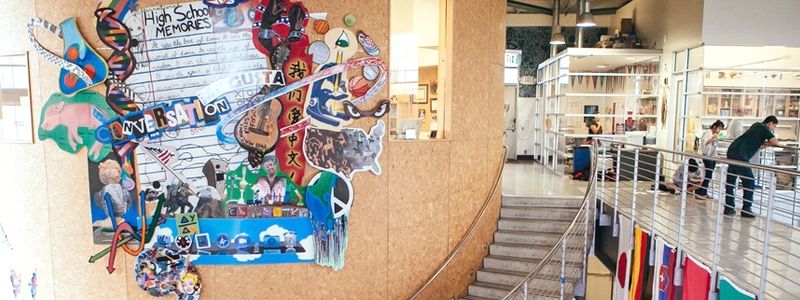Problem: The network of charter schools began in 2000 in San Diego, USA. Created through the participation of local business people, the group seeks to avoid the pitfalls of the traditional school structure, such as standardized classes, fixed, classroom based classes, and a lack of interest from students and teachers. Today, the group has 12 schools and a post-graduate teaching institution for teachers.

Solutions: With teaching methods inspired by the constructivism of Paulo Freire, the objective of this network of schools is based on the four pillars of 21st Century Education: personalization, connection with the world, a common interest in learning and teachers acting as learning designers.
As places at the schools are in great demand, students are selected by drawing lots, which means the student body is diverse, and taken from a range of social classes. Students have access to computer rooms and laboratories. The methodology involves personalized learning based both on direct contact between teachers and students (meaning low class sizes) and virtual resources. Each student is assigned to a monitor, who becomes responsible for individually monitoring their specific academic interests. Students are encouraged to keep their work in a digital portfolio accessible to other students, families, teachers and the community at large.
Teachers guide students in a project-based learning methodology. Instead of strict disciplines, the content is grouped into themes and approached through the resolution of specific problems, based on the reality and interests of students. The idea is that the learning process is a true reflection of the individual's life, but schools also provide collective moments where students can gather in groups, meetings and present their work.
Another strategy adopted is the dissemination of knowledge produced by the students beyond the physical space of the schools. To do this, the newest buildings have adopted an architectural design that prioritizes glass walls and natural light. The idea is that anyone passing close by the school can see the teaching and learning process in action. In addition, the schools offer tours for anyone interested. Registration is performed through the school website.
The presence of qualified teachers is central to the school's results. For this reason, the group has established a higher education institution college to train and update their staff.
Outcomes: According to the institution, 98% of students who graduate from the group enter the university, with 75% obtaining a degree. A total of 30% of students study math and science, compared with 17% in the rest of the country. The schools, which are free, are much sought after by parents and students from the United States, as well as educators from other countries such as Sweden, Canada, Israel and Singapore, interested in replicating the method. The network has already received several design awards for its unique physical design.





